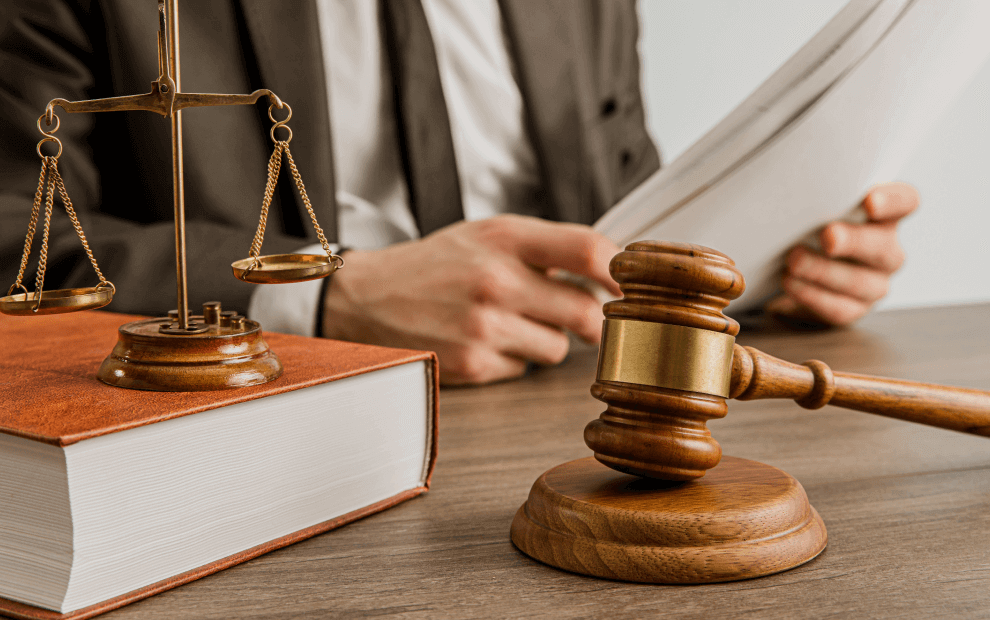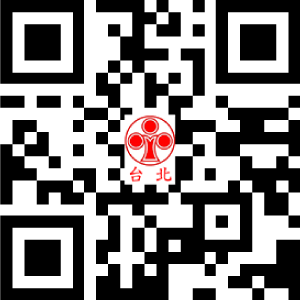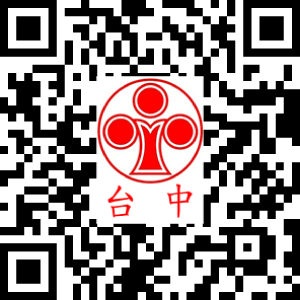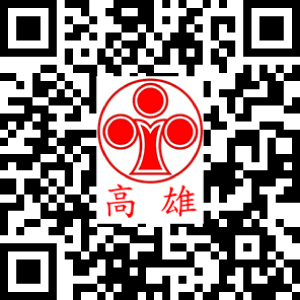More Details
Introduction
The legal framework governing patents in Taiwan is primarily laid out in the Taiwan Patent Act, accompanied by detailed Examination Guidelines. These provisions ensure that patents granted in Taiwan meet the patentability requirements, such as industrial applicability, novelty and inventiveness. This article explores the statutory grounds for patent invalidation under the Taiwan Patent Act and clarifies the criteria involved. The following are the main statutory grounds for invention patent invalidation.
Statutory Grounds for Invention Patent Invalidation
1. Lack of Novelty
One of the primary grounds for invention patent invalidation is lack of novelty. According to Article 22, Paragraph 1 of the Taiwan Patent Act, an invention which is industrially applicable may be granted a patent upon application in accordance with this Act, except for the following: the invention was disclosed in a printed publication prior to the filing of the patent application; the invention was publicly exploited prior to the filing of the patent application; or the invention was publicly known prior to the filing of the patent application.
In addition, Article 23 of the Taiwan Patent Act stipulates that if an invention claimed in a patent application is identical to an invention or utility model disclosed in the description, claims or drawings of an earlier-filed patent application that is laid open or published after the filing of the later-filed patent application, an invention patent shall not be granted. However, this restriction does not apply if the applicant of the later-filed application is also the applicant of the earlier-filed application.
That is, if an invention was disclosed in a printed publication prior to the filing of the invention patent application, the invention cannot be granted. In addition, if an invention claimed in a patent application is disclosed in the description, claim(s) or drawing(s) of an earlier-filed patent application which is laid open or published after the filing of the later-filed patent application, the invention cannot be granted if the applicant of the later-filed patent application is different from the applicant of the earlier-filed patent application.
2. Lack of Inventiveness
An invention must not only be novel but also meet the requirement of inventiveness. Article 22, Paragraph 2 of the Taiwan Patent Act stipulates that an invention that is without the circumstances prescribed in the subparagraphs of the preceding paragraph but can be easily made by a person ordinarily skilled in the art based on prior art shall not be patented. The Patent Examination Guidelines provide that if, based on the prior art disclosed in one or more citations with reference to common knowledge at the time of filing, a person having ordinarily skill in the art is able to accomplish the invention by diversion, replacement, modification or combination of the prior art, then the invention as a whole is obvious and is considered easily accomplished.
When examining invention patent applications, examiners usually focus on the requirements of novelty and inventiveness. However, a third party may acquire citations not listed in the search report during prosecution of the invention patent application or provide arguments not considered by the examiner to invalidate the invention patent application. Therefore, even though the invention patent application is granted, there still is a possibility to invalidate the invention patent.
3. Lack of Industrial Applicability
Article 22, Paragraph 1 of the Taiwan Patent Act requires that an invention must be industrially applicable. This means that if the invention for which the patent is applied cannot be manufactured or used in industry, the invention is deemed to be not industrially applicable and cannot be patented.
4. Insufficient Disclosure
According to Article 26, Paragraph 1 of the Taiwan Patent Act, the description of a patent application shall fully disclose the invention in a manner clear and sufficient for it to be understood and carried out by a person ordinarily skilled in the art. The description should enable a skilled person to understand its content without excessive experimentation, and to manufacture and use the patented invention, solve the problem, and produce the desired effect. Insufficient disclosure can lead to patent invalidation as it fails to provide the public with a full understanding of the patented invention.
5. Lack of Support for the Claimed Subject Matter
Article 26, Paragraph 2 of the Taiwan Patent Act stipulates that each claim shall be disclosed in a clear and concise manner and be supported by the description. A claim should be deemed supported by the description when a person ordinarily skilled in the art can reasonably predict or extend the full scope of the claim from the content disclosed in the description, through referencing the common general knowledge at the time of filing, using routine experimentation or analytical methods. Lack of support from the description is a ground for invalidation.
6. New Matter
Article 43, Paragraph 2 of the Taiwan Patent Act stipulates that except for correction of translation errors, any amendment shall not extend beyond the scope of content disclosed in the description, claims, or drawings as filed. Therefore, amendments to the description, claims or drawings should not go beyond the scope disclosed in the description, claims, or drawings as filed. If the amendments go beyond the scope disclosed in the description, claims, or drawings as filed, new matter is introduced, and an invalidation action can be filed.
7. Non-Patentable Subject Matter
Certain inventions are excluded from patentability under Article 24 of the Taiwan Patent Act. These include: animals, plants, and essential biological processes for the production of animals or plants, except for processes for producing microorganisms; diagnostic, therapeutic and surgical methods for the treatment of humans or animals; or inventions contrary to public order or morality.
“Therapeutic methods for humans or animals” refer to processes that are practiced directly on living humans or animals for therapeutically treating humans or animals. In addition, “therapeutic methods for humans or animals” refer to the processes of remedying diseases or eliminating the causes of diseases which serve a purpose of enabling living humans or animals to recover or gain health. In addition, stimulation or irradiation with electricity, magnetic field, sound, light or heat with a purpose of treatment belong to statutorily unpatentable subject matter.
The statutory grounds for patent invalidation are similar to those considered by a patent examiner when examining an invention patent application. However, if the claims of a granted patent do not meet the requirement of unity, as stipulated in Article 33 of the Taiwan Patent Act, the granted patent cannot be invalidated based on lacking of unity. When examining claims including more than one independent claim, examiners will identify the special technical feature of the independent claims, i.e., a technical feature which defines a contribution which each of the claimed inventions, considered as a whole, makes over the prior art. That is, the special technical feature is a technical feature that endows the claims with novelty and inventiveness. If the independent claims share a special technical feature, the claims meet the requirement of unity.
If the independent claims of a granted patent do not have a common special technical feature, at least one independent claim does not meet the requirement of inventiveness and can be invalidated. However, if each independent claim has its own special technical feature but the independent claims do not share a common special technical feature, all the independent claims meet the requirement of inventiveness but fail to meet the requirement of unity. In this situation, the granted patent cannot be invalidated based on lack of unity.
Conclusion
Even though invention patent applications have undergone examination and were granted patents, some patents should not have been granted. For example, examiners may not search all of the prior art in the world and unduly grant patents. In addition, when examiners examine a later-filed patent application claiming the content disclosed in the description, claims or drawings of an earlier-filed patent application that is laid open or published after the filing of the later-filed application, if the earlier-filed patent application has not been laid open or published, the earlier-filed patent application may not be found in the search and the later-filed patent application is granted a patent. In this case, a third party or an interested party may file an invalidation action against the patent to protect public interest.








